Elevated blood pressure affects almost 75% of people with diabetes; 65% of people with diabetes will suffer from a heart attack or stroke, if they do not control their cholesterol, blood pressure as well as blood sugar. The American Heart association recommends that anyone with an elevated blood pressure – 131/81 or higher for those with diabetes – should be monitoring blood pressure at home.
Most people do not have symptoms of high blood pressure, so monitoring will let you know if your heart is working too hard. Symptoms of elevated blood pressure could be a flushed feeling, a mild headache or fatigue which could also mimic symptoms of other problems; testing your blood pressure to rule it out is helpful.
What is blood pressure?
The systolic or top number represents the heart pumping blood to the body. The diastolic or bottom number represents the heart at rest. It should consistently be 130/80 or less with diabetes.
Why does blood pressure elevate?
- The inside or intimal lining of the arteries get lined with plaque from age, genetics, smoking, cholesterol, diabetes, and diet.
- The elasticity of the vessels decrease over time and that prevents them from dilating when needed.
Why test at home?
- A person with diabetes usually visits the doctor every 3 months. This time period is too long to track blood pressure trends. Pre-hypertension could change to hypertension.
- It is difficult to know if your blood pressure medication is doing the job for you if not checked on a regular basis; you may need medication adjustments prior to the 3 month visit.
- Testing blood pressure at home gives you a sense of participation in your own health care.
- It could reduce co-pays for possible extra visits to the physician if monitoring is done at home.
- You could have white coat hypertension and only exhibit high numbers at the physician’s office.
- You may have masked hypertension which means your blood pressure is fine at the office when seated and calm and out of control at home. Some reasons for masked hypertension are stress, hydration, caffeine, alcohol, smoking, exercise as well as outside or bodily temperature changes.
- Blood pressure readings at home predict cardiovascular disease more accurately than office readings.
What can help control blood pressure?
- Stop smoking and limit alcohol.
- Engage in moderate exercise for 4-5 days a week – about 30 minutes at a time. (You can break that down to smaller increments.)
- Manage stress and do whatever it takes to control it. Deep breathe, meditate, or take a bath.
- Work on maintaining a healthy body weight.
- Ask the physician or pharmacist and take blood pressure medications correctly and on time. Set a timer if you forget, keep a pill box loaded and ready to go if you are leaving home.
- Limit saturated fats in your daily eating plan.
- Know about your sodium, calcium, potassium and magnesium intake; they are all connected to your blood pressure.
How should I test at home?
- Get a digital cuff that wraps around your arm and inflates with a button. There are products with finger and wrist devices but they are less accurate due to body position as well as body temperature. Make sure the cuff fits properly. If the arm is too thin or too large you will not get an accurate reading; look for a cuff that adjusts to arm size.
- Stick to one arm and if possible use the left arm which is closer to your heart.
- Keep arm bent at heart level to be most accurate. Sit upright with feet flat on the floor.
- Always keep a record of your results to fax, e-mail or take to your physician.
- Test at varying times of the day: Monday when getting up, Wednesday during the middle of a hectic day and Friday prior to bed. Make your own schedule that works for you but mix it up.
- Do not rely on free public machines. They are only for average arm sizes and may not be giving you correct results.
- Keep the tubing lined up with your brachial artery when applying to arm. Wrap the cuff snuggly.
- Check the tubing for kinks or cracking due to heat, cold or twisting
Remember that home monitoring does not replace your office visit blood pressures but it works in conjunction with them; never change your blood pressure medication based on your results without checking with your physician. This is an easy way to empower you to care of yourself in 2012! Good luck!
NOTE: Consult your Doctor first to make sure my recommendations fit your special health needs.

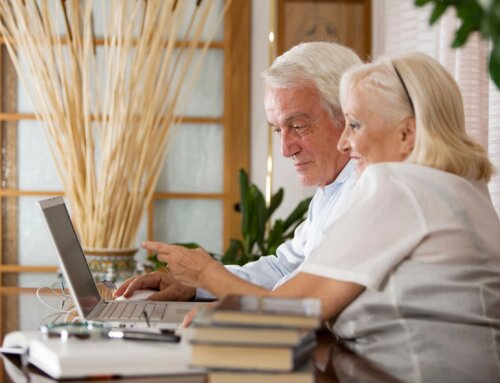



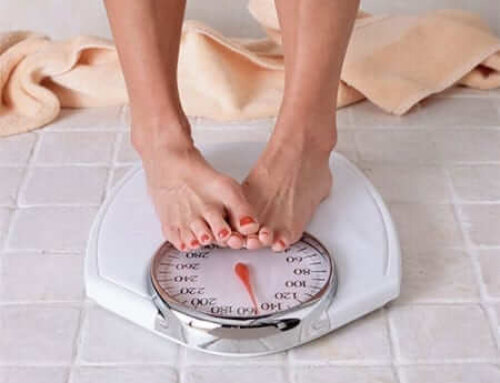


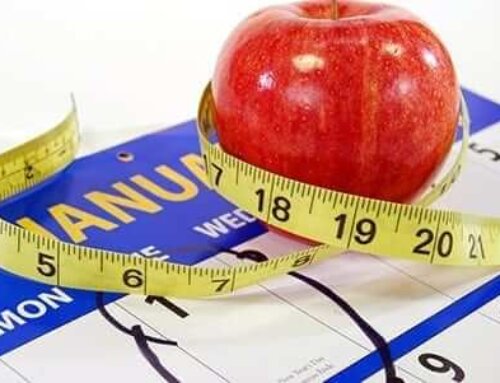
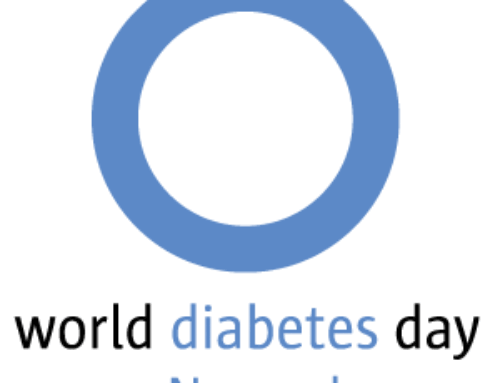
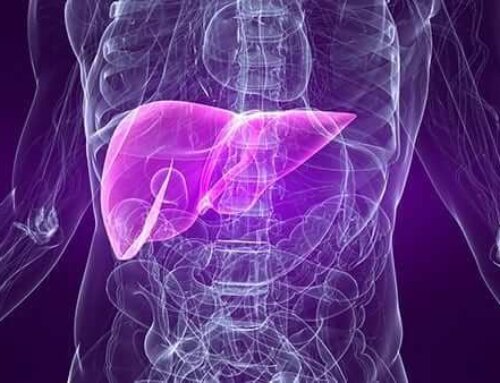
Leave A Comment